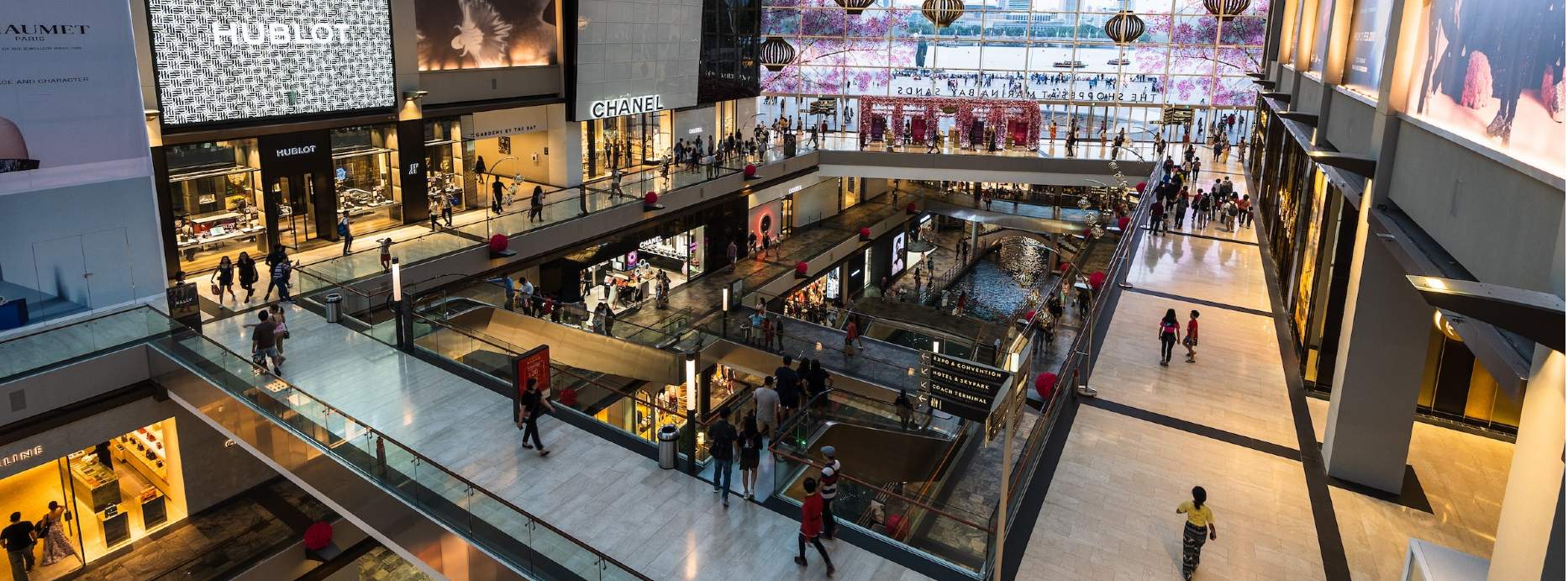If we’re to stay on a net zero carbon trajectory for the lifecycle of buildings we must change our approach to design, material selection and use. We need to think of buildings as an evolving process; changing our attitude from ‘take-make-use-discard’ to ‘remake-reuse’. We need to facilitate the transition towards a circular built environment.
Circular economy stands in contrast to our current linear system, where materials are mined, manufactured, used and thrown away. It describes an economic system based on business models that replace the ‘end-of-life’ concept by reducing, reusing, recycling, and recovering materials in production, distribution and consumption processes.
Retailers and their buildings are no exception to this. Whether during refurbishment or redevelopment we need to consider what materials can be recovered and reused. Circular economy principles can also be applied to retail products. By producing fewer goods that are more robust and last longer, and in turn renting or reselling these, the use of natural resources is reduced as products become the resources.
Such principles will become ever more common as regulations that forbid the destruction of goods that haven’t been sold come into place, as they did in France in January 2022. Similarly, such principles can be applied to the components of retail buildings where fitout components like floor or ceiling tiles can be rented or re-sold at the expiry of the lease instead of ending in landfill.
Designing with future flexibility and adaptability in mind, and building in layers, is also key. Our designs should assess the ability of the development to accommodate change, the frequency of reconfiguration and remodelling, and how to avoid a premature end of life for all components. Designing a retail unit or a shopping centre to be easily adaptable to a different type of use in the future, such as a commercial office or residential space, from the outset is essential to ensure the carbon impacts of such alterations (fabric, services, layout, and so on) are not significant.
Innovative thinking
Technology and innovation technology have a great role to play in the transformation. For example, 3D printing could be used to print a building’s components and, as such, reduce significantly material wastage. Artificial Intelligence can improve efficiencies to drive energy consumption down: by inputting data on equipment energy usage, indoor and outdoor temperature it can precisely determine the ideal set points and schedules for heating, cooling, and lighting equipment, and provide great savings.
Of course, the argument for rebuilding can go the other way. Many retail schemes are unfit for either future retailing requirements, or the space requirements of alternative uses where repurposing projects are being considered. We know more about how properties should be designed for the next 50 years and, some would argue, correcting the mistakes of the past and make more efficient places requires redevelopment. However, if we always take this approach we will be adding to the problem not solving it and who’s to say in half a century we’ll have got it right?
Fortunately, many retail developers and investors are starting to think through the lens of circularity.
Climate change has made us examine how we design, build and operate our buildings in a different and more holistic way and a considered and strategic approach is now required. Our response can’t be fragmented and we should follow whole life carbon and circular economy principles when designing our buildings to ensure their lifetime.
Further information
A circular eonomy will ensure we don't take a wrong turn on sustainability

.jpg)



.jpg)




